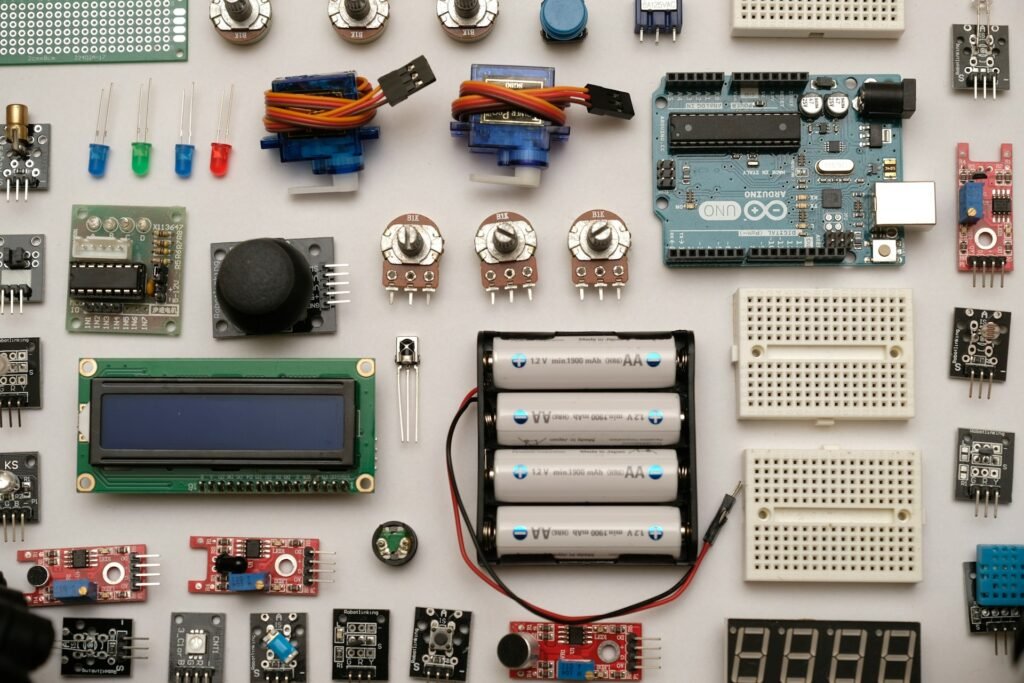The Internet of Things (IoT) is revolutionizing the world as we know it. It’s a network of interconnected devices embedded with sensors, software, and other technologies, enabling them to collect and exchange data. From smart homes to industrial machinery, IoT is reshaping industries and enhancing everyday life.
Introduction to the Internet of Things (IoT)
IoT encompasses a vast network of devices that communicate with each other over the internet, without human intervention. These devices range from smartphones and wearable gadgets to sophisticated industrial machinery.
Understanding IoT Devices
Wearable Devices
Wearable devices, such as smartwatches and fitness trackers, are among the most popular IoT gadgets. They monitor health metrics, track physical activity, and even provide real-time feedback to users.
Smart Home Devices
Smart home devices, like thermostats, security cameras, and voice-activated assistants, are making homes more efficient and convenient. They allow users to control various aspects of their home remotely, leading to energy savings and improved security.
Industrial IoT (IIoT) Devices
Industrial IoT devices are transforming manufacturing processes, supply chain management, and asset tracking. They enable predictive maintenance, optimize production schedules, and enhance overall efficiency in factories and warehouses.
How IoT Works
IoT devices rely on sensors to collect data from their surroundings. These sensors detect changes in temperature, motion, light, and other parameters, transmitting the information to a central hub or cloud server via wireless connectivity.
Applications of IoT
Healthcare
In healthcare, IoT devices are revolutionizing patient monitoring, medication management, and remote diagnostics. From wearable health trackers to smart medical devices, IoT is improving healthcare outcomes and reducing costs.
Smart Cities
IoT technology is transforming urban infrastructure, making cities smarter and more sustainable. Smart sensors monitor traffic flow, optimize energy usage, and manage waste disposal, leading to improved quality of life for residents.
Agriculture
In agriculture, IoT devices are being used for precision farming, crop monitoring, and livestock management. Sensors collect data on soil moisture, temperature, and humidity, helping farmers make informed decisions and maximize crop yields.
Benefits of IoT
Efficiency and Productivity
IoT devices streamline processes, automate tasks, and eliminate manual labor, leading to increased efficiency and productivity in various industries.
Improved Decision Making
By providing real-time data and insights, IoT enables businesses to make better-informed decisions, anticipate market trends, and respond quickly to changing conditions.
Enhanced User Experience
IoT enhances the user experience by providing personalized services, intuitive interfaces, and seamless connectivity across devices, making everyday tasks easier and more enjoyable.
Challenges and Concerns
Security and Privacy
As IoT devices collect and transmit sensitive data, security and privacy concerns have become paramount. Vulnerabilities in IoT networks can lead to data breaches, unauthorized access, and privacy violations.
Interoperability
The lack of standardization and interoperability among IoT devices poses a significant challenge. Integrating devices from different manufacturers can be complex and costly, hindering the scalability of IoT solutions.
Data Overload
The sheer volume of data generated by IoT devices can overwhelm existing infrastructure and analytics capabilities, making it difficult to extract meaningful insights and derive actionable intelligence.
The Future of IoT
Integration with AI and Machine Learning
IoT will continue to evolve, with greater integration with artificial intelligence (AI) and machine learning. These technologies will enable IoT devices to learn from past experiences, anticipate user needs, and adapt to changing environments.
Expansion of IoT Ecosystem
The IoT ecosystem will expand to include a wider range of devices and applications, from smart appliances and connected vehicles to wearable healthcare devices and industrial robots.
Impact on Daily Life
As IoT becomes more pervasive, its impact on daily life will be profound. From personalized healthcare and smart homes to autonomous vehicles and connected cities, IoT will revolutionize how we live, work, and interact with the world around us.
Conclusion
The Internet of Things is a transformative technology that is reshaping industries, enhancing efficiency, and improving quality of life. With its vast potential and myriad applications, IoT is poised to revolutionize the way we live and work in the years to come.

